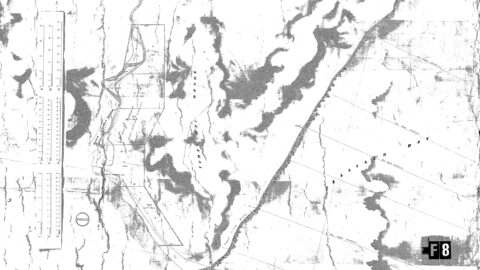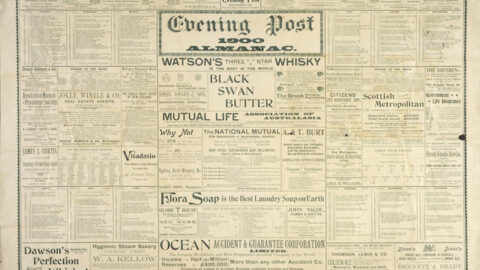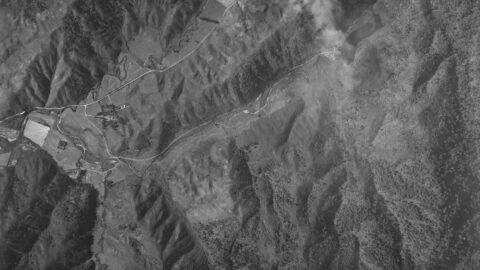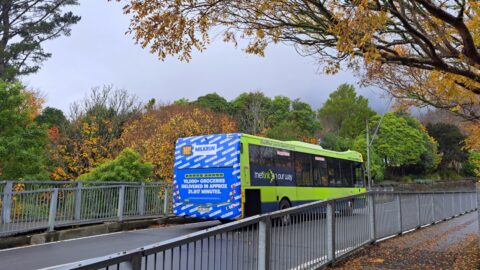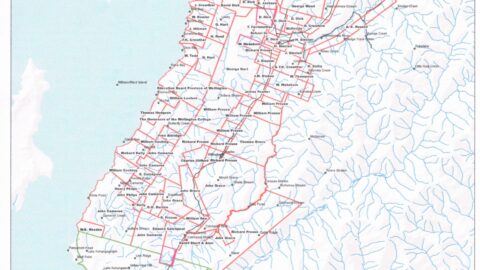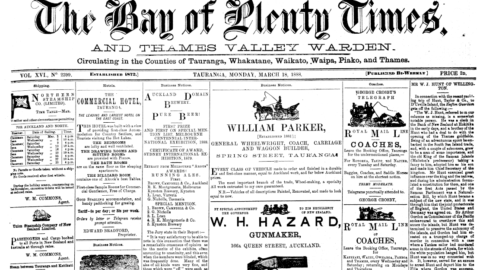The Wainui-o-mata Water Works – Visit of Inspection
In accordance with arrangements entered into at the meeting of the City Council held on Thursday evening, a number of our “City Fathers,” accompanied by the City Surveyor, assembled at the Wellington railway terminus shortly after 10 o’clock yesterday morning, with a view of proceeding to the Wainui-o-mata Waterworks, now in course of progress.
The object of the visit was two-fold. In the first place, it was desired to ascertain the present condition of the works and the progress effected since the previous visit, which took place some time ago; and secondly – or perhaps this object was the principal one – the Councillors were anxious to examine the nature and estimate the value of a piece of land required for the reservoir.
Those who met at the Railway Station comprised the Mayor, Councillors McKenzie, Maginnity, and Greenfield, Mr J. D. Baird (the City Surveyor), and the representative of the EVENING POST. At the Lower Hutt station, the party found a couple of buggies waiting to convey them to the Wainui-o-mata Valley, a distance of about seven miles, and at this juncture, the party received an accession in Mr W. F. Oakes, the contractor now engaged in carrying out a portion of the scheme, and Mr R. Cleland, one of his bondsmen.
The ride to the valley was an unpleasant one. At short intervals, a drizzling rain descended on the uncovered vehicles, thus tending to mar what would otherwise have proved a most enjoyable trip. A halt was effected at Messrs Sinclairs’ sawmills in Moore’s Valley, reached a few minutes after mid-day; and here, after partaking of refreshments, the party were transferred into a truck, which, drawn by a single horse, conveyed them along a tramway nearly two miles in length to the site of the proposed reservoir.
It was here that the task of inspection commenced. The land required for the reservoir is about 30 acres in extent, and appears admirably adapted for the purpose in question, forming a natural basin. Messrs J. and D. Sinclair, we understand, are the owners of this, and the price demanded for the land is at the rate of £12 per acre. Whether the Council will be recommended to pay this price or not remains to be seen.
Preparations were observable in this locality for constructing a dam across the river; and here also is erected a machine for mixing the concrete required for the races and so forth. This machine, which was put together under the personal supervision of the City Engineer, consists of an iron cylinder, whose capacity measures 100 cubic feet, and is worked by the engine formerly belonging to the well-known steam-launch “Perfect Cure.” It has now been at work for some days and gives the utmost satisfaction.
The excavations for the concrete race, which is to be 96 chains in length, 4ft in width and 2ft 9in from the crown of the arch to the bottom of the invert, are already completed, and this portion of the work is proceeding with satisfactory perseverance, a large number of men being employed.
After going over the whole of the works at this end, the party proceeded to the tunnel in course of formation through the Wainui-o-mata hill, for which Mr Oakes is also the contractor. The men are employed at both ends of the tunnel, which is to be 37 chains long, there remaining only 15 chains still to complete.
The buggies served to take the party from this place to the wooden bridge being built across the Hutt river in the vicinity of Gear’s Island, for the purpose of carrying the water pipes. Here also numerous hands were busily employed, superintended by Mr Bayliss, the contractor, who appears to be getting along with the job very nicely.
By this time there only remained a few minutes in which to catch the 5.40 p.m. train into town, and the party accordingly next proceeded in the direction of the railway station. On the whole, it may be said the work is being carried out with satisfactory speed and, so far as could be inferred from such a visit as this, in a thoroughly efficient manner. Twelve or fifteen months, however, must elapse before the scheme can be regarded as *un fait accompli*.
Tags: Newspaper Oakes Sinclair Tramways Tunnels Water Race Waterworks
